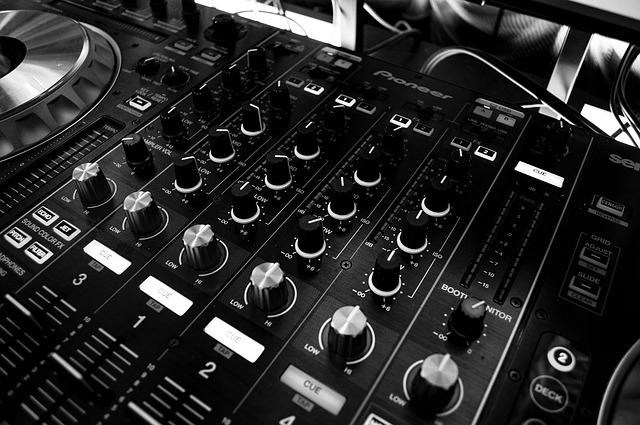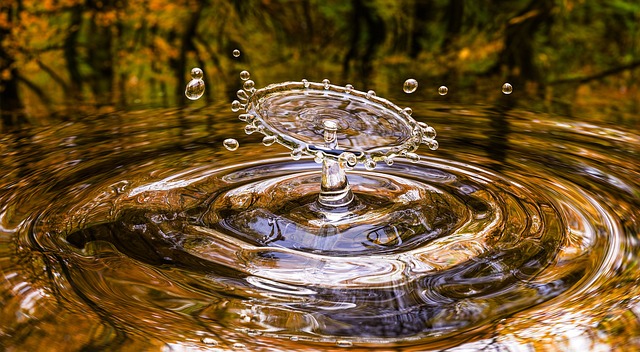The Ultimate Guide to Stereo Microphone Recording for Mixing
When it comes to creating the perfect mix, the nuances of sound can make all the difference. One powerful tool in a sound engineer’s arsenal is stereo microphone recording. This technique is not merely about capturing sound; it’s an art form that allows your recordings to breathe, create depth, and bring a listener into the immersive world you’ve crafted.
Understanding Stereo Microphone Recording
Stereo sound is all about creating a sense of space and dimension. With the use of two microphones, recordings can achieve a lush soundstage that mono recordings simply can’t replicate. The unique placement and combination of microphones capture audio in a way that resembles how we naturally perceive sound in our environment.
Choosing the Right Microphones
Not all microphones are created equal, especially when it comes to stereo microphone recording. Condenser microphones are often favored due to their sensitivity and detailed sound reproduction, but dynamic microphones have their own merits in specific situations. Consider what you will be recording and the acoustic environment, as these factors will influence your microphone choice.
Stereo Microphone Techniques
There are several stereo microphone techniques you can employ, each with its distinct character:
- X/Y Technique: Placing two microphones in an overlapping position at a 90-degree angle captures a focused stereo image with great clarity.
- A/B Technique: This technique uses two microphones placed some distance apart. It captures the ambient sound of the space, which can add a natural depth to your recordings.
- M/S Technique: Using a mid microphone to capture the center and a side microphone for the ambient sound, this method provides excellent control in post-production.
Positioning is Key
The magic of stereo microphone recording often boils down to microphone placement. Experimenting with distance, angle, and height can lead to discovering the sweet spot for your sound. Listening is vital; trust your ears and adjust based on what you hear to achieve a balanced stereo image.
Post-Production Tips for Mixing
Once your stereo tracks are laid down, the work doesn’t stop there. Mixing stereo recordings involves paying attention to panning, EQ, and reverb to ensure each sound occupies its rightful place in the soundscape. Panning can enhance the stereo effect, allowing the listener to experience a more immersive sound. A little bit of tweaking in the mixing phase can elevate your audio to new heights.
Common Challenges in Stereo Microphone Recording
Even the most seasoned engineers encounter challenges with stereo recordings. Phase issues, for example, can result in a hollow sound if not addressed. Familiarizing yourself with phase alignment and using tools like phase meters can help you navigate these hurdles, ensuring your final mix remains vibrant and engaging.
Final Thoughts
Whether you are a budding music producer or an experienced mix engineer, mastering stereo microphone recording can significantly enhance your mixing capabilities. The depth, clarity, and richness it brings to your recordings set the stage for a more dynamic listening experience. So get out there, experiment with techniques, and let your creativity flow!



